Descendants of Founders of Plano’s Historically Black Neighborhood Recall Fond Memories of Their Front-Porch Community
David Evans, Tamara Thomas, Kimberly Smith and Andrea Brooks are siblings who have called Plano’s Douglass Community home their entire lives. They grew up surrounded by family and friends who cherished the rich history of their neighborhood.
The siblings’ great-great-great grandfather, Andy Drake, was the first Black man to settle in Plano after receiving his freedom. Together with Mose Stimpson – also an ancestor of the siblings – Drake founded the community in the 1860s, named after abolitionist Frederick Douglass. Many of Drake’s and Stimpson’s descendants still reside in Douglass today.
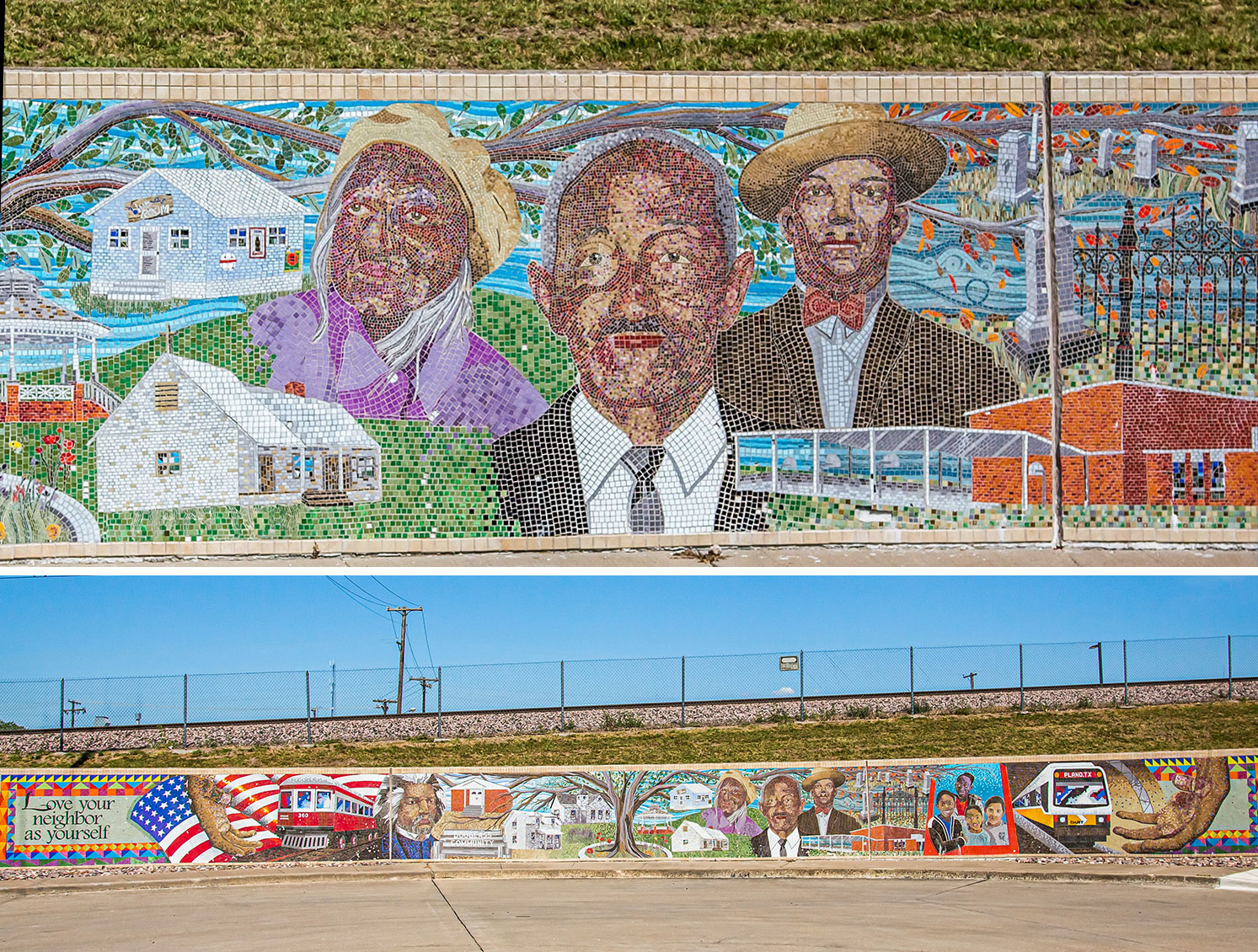
For most of its history, Douglass was predominantly African American. Today the community is more racially diverse, with Black residents now making up a quarter of its inhabitants, according to the 2019 American Community Survey. The neighborhood is home to approximately 200 modest houses located near Downtown Plano between Central Expressway and I Avenue.
Like One Big Family
Andrea, 13 years her brother David’s senior, was a student when Plano started the process of integrating schools in 1964. Prior to that and even for years following integration, Douglass operated as its own, self-sustaining community.
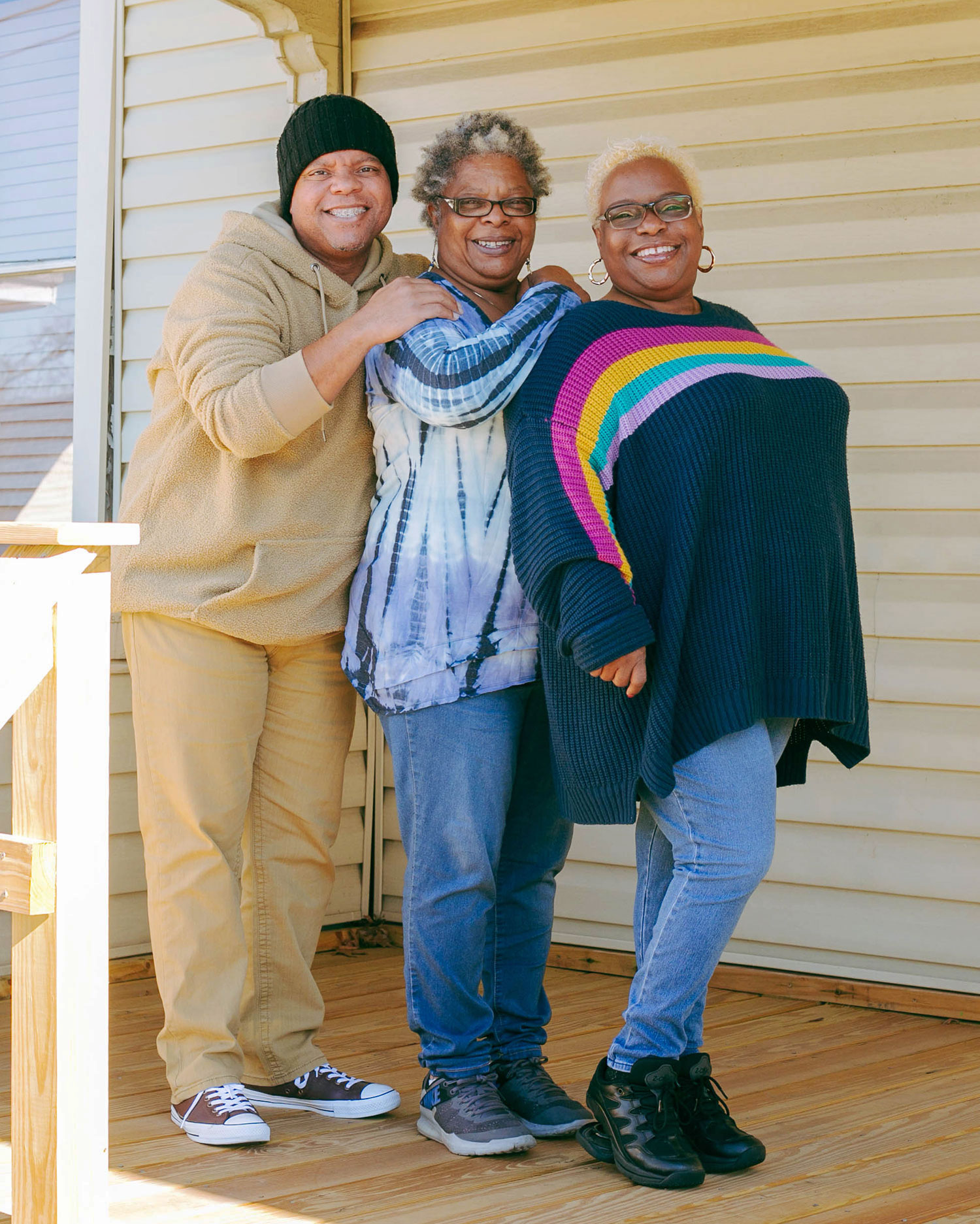
“Because of segregation, they had to have their own everything here,” David said.
“Candy shops in people’s homes. Our own funeral home. There was a hotel,” Andrea remembered.
“It was a self-sustaining community because Black people could not go and shop at other stores,” David shared.
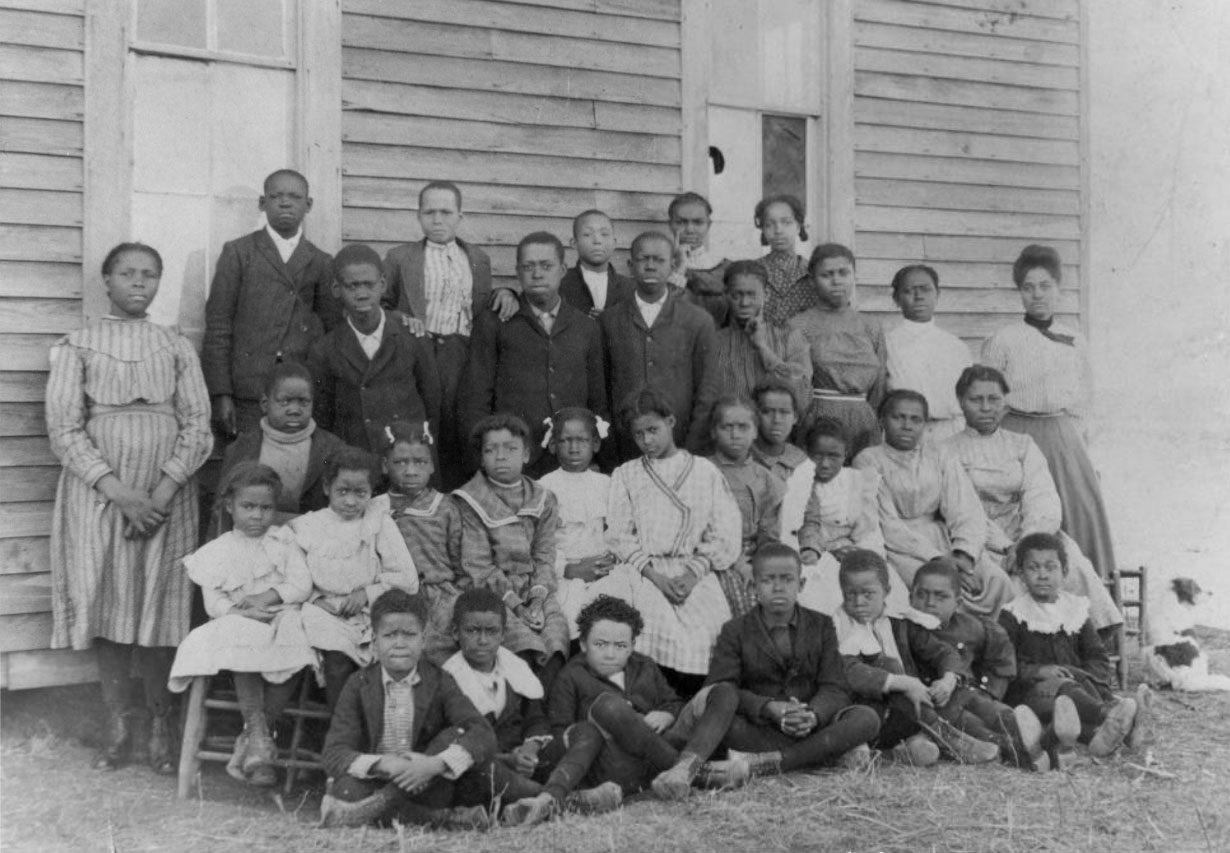
All three siblings remember Douglass as a place that operated as one big family during their childhood in the 1950s and 60s. When their grandmother cooked, she would ask the neighbors if they wanted to eat, too. They’d all gather together, extended family and neighbors, over a hot meal. When their grandmother took them shopping, she’d ask anyone nearby if they’d like to join. When the ice cream truck stopped by, their grandparents bought ice cream for every kid on the block.
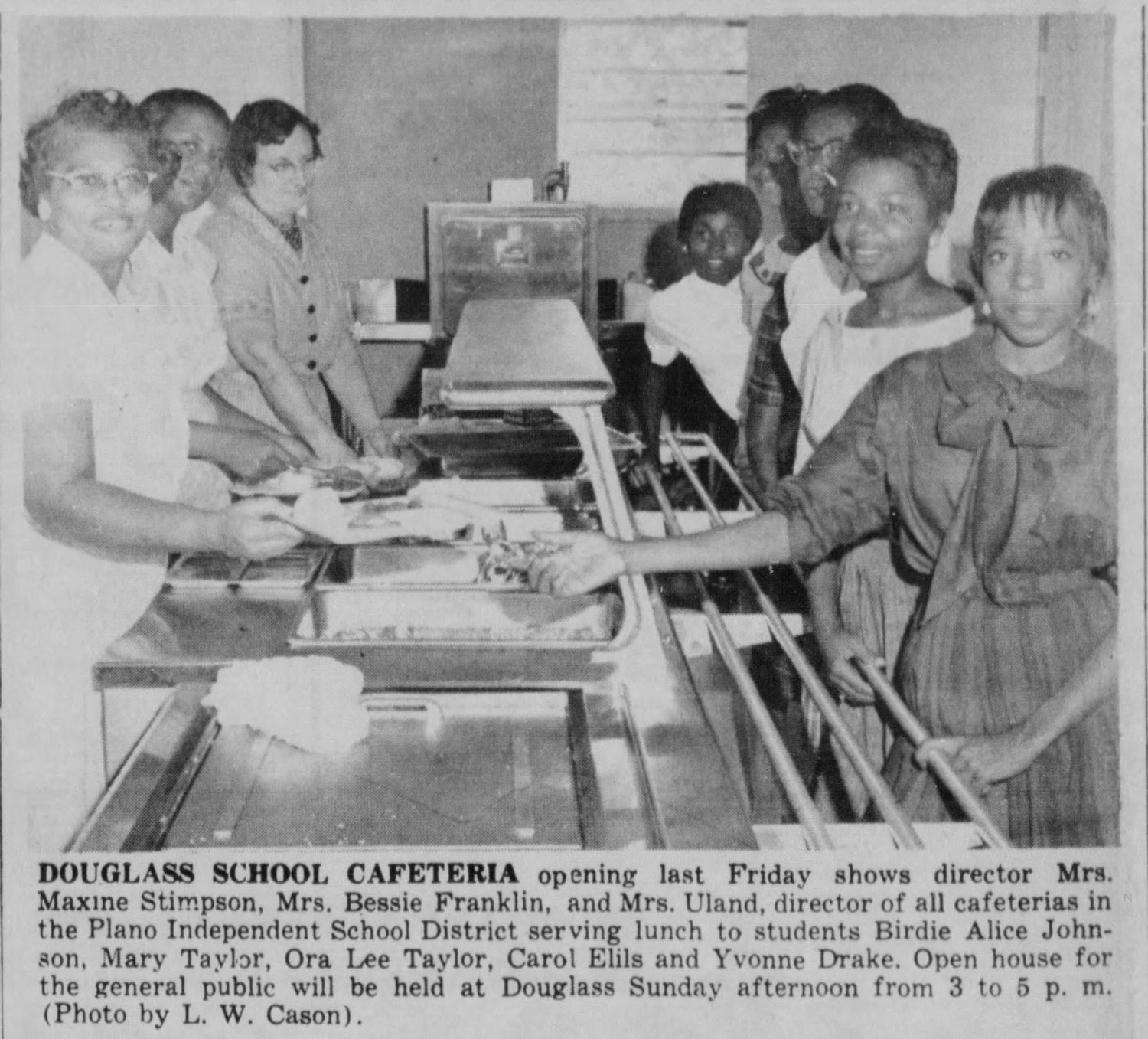
“It was the most wonderful place to grow up because everybody, whether you were cousins or not related, was family. You couldn’t get away with much because everybody knew everybody, and everybody’s mother was watching,” Tamara said. “It was and still is such a safe neighborhood. We’d sleep with our windows up, the doors unlocked. ‘Cause everybody was family, you know?”

Integration Splits the Community
Andrea vividly remembers the experience of Plano schools becoming integrated. She recalls that it was not easy for her, or for any of her neighbors.
The city decided to divide the neighborhood in half. Kids living on the west side of Douglass attended schools on the west side of Plano, and kids on the east side of Douglass attended schools on the east side of Plano. Being separated from one another “was horrific,” Andrea said.
“They tried to put all the Black children into special education initially,” she recalled. “My uncles and my mama and my grandparents all went up there and talked to the principal. They talked to the school board. So, I was one of the lucky ones that did not get put in special ed. I had straight As before that. I was lucky because my family advocated for me. So many families didn’t because they were afraid to speak up.”
Despite Andrea’s ability to attend regular classes thanks to her family, she believes that many of her friends were still placed in special education courses for no reason other than their skin color. Even still, Andrea was given all F’s on her report card her first year in integrated high school. Again, her family went up to the school to see what the problem was. After the school could not provide evidence that she had failed, her grades were corrected.
The difficulties Andrea and her classmates endured at the school were, in her memory, on account of some of the administrators and teachers. “Amongst the kids, we all got along. There were no racial issues at all between us kids,” she said.
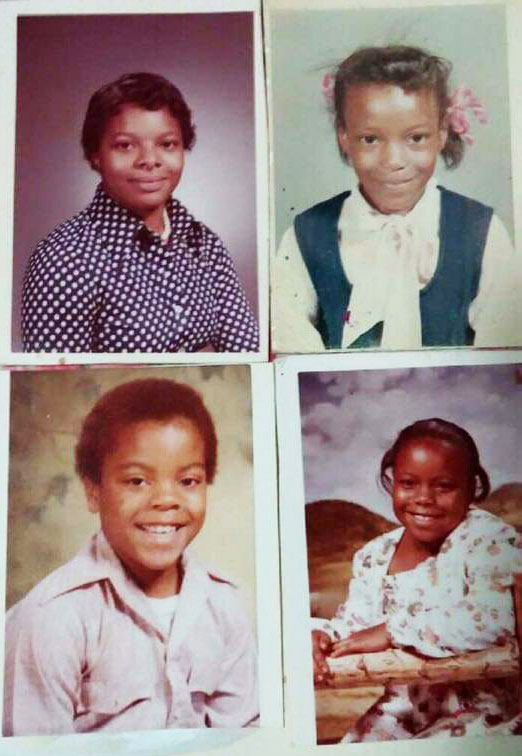
While attending Bowman Junior High, Andrea says she made history as the first Black cheerleader in Plano. “I was so excited to be accepted. It was great. And I never experienced any overt racism during that time period. It was awesome,” she recalled.
By the time Tamara and David arrived to high school, integration had occurred long enough in the past that they did not have the same experiences that Andrea did. But they felt that symptoms of racism persisted regardless.
“I would go to my white friends’ homes and we would play. Now that I think about it though, they never came to our house,” remembered Tamara. Her experience at school, though, was overall positive.
“We had a couple Black teachers and administrators by that point. It was pretty good for me,” Tamara said.
David, on the other hand, had issues at school.
“I was very inquisitive. I was always into something, and talking, and I had a lot of energy. So, they tried to put me into special ed. They did that a lot with young Black boys,” David recalled.
The Evans family was always – and remains – civically engaged in the Douglass Community and the city. David remembers his grandfather, Andrew (A.J.) Stimpson, attending every city council meeting, and Andrea remembers being taken along as a kid to attend with him.
“What I liked best was when he would come back and tell people in the neighborhood what happened. I could understand it because he was explaining it in a way that made more sense,” she said.
Ensuring a Bright Future
It has been an ongoing effort throughout Andrea’s lifetime to preserve many of the buildings in Douglass, she noted. Her grandfather advocated for the area at every city council meeting, ensuring that its homes and landmarks be preserved. That baton has been passed to Andrea, Tamara and David now as they run Douglass Visions Committee (DVC) together.
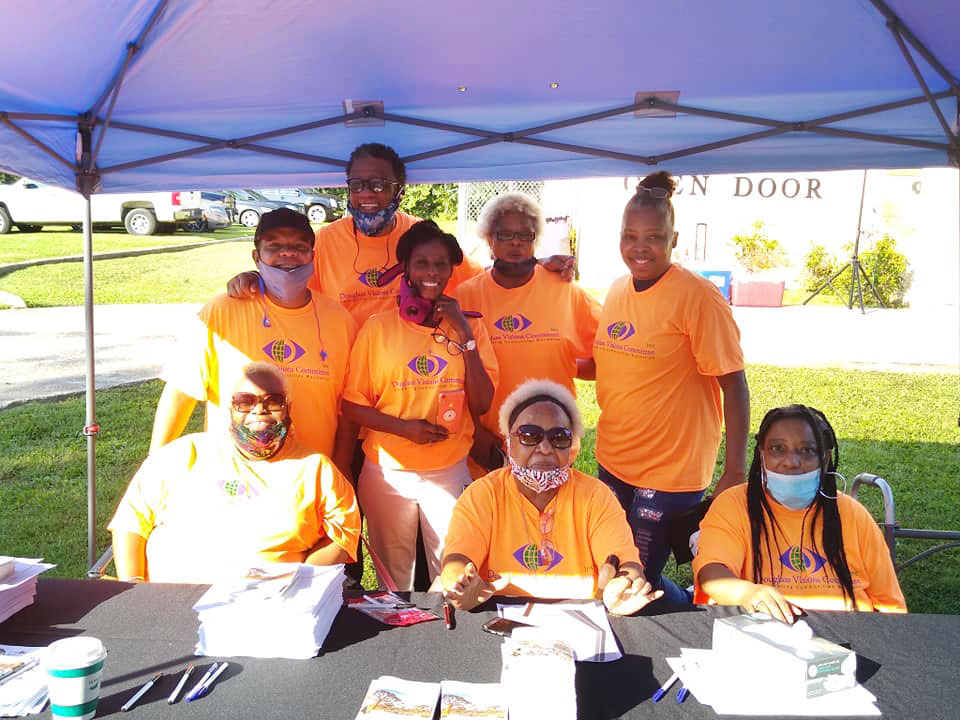
DVC is a nonprofit organization focused on rebuilding, revitalizing and empowering communities, beginning with residents of Douglass. Among other initiatives, one of DVC’s purposes is to work on getting landmark status for some of the community’s historic buildings. Their work on that has been slowed due to the ongoing pandemic, but they’ve enjoyed the positive progress they’ve had thanks to their partnership with the City of Plano.
Stimpson and Drake Park, in the heart of Douglass, is named for the two founders of the community. The land was originally owned by Mose Stimpson, and then passed down through generations. Finally, their grandfather, A.J. Stimpson, gave the land to their mom’s brother, Willard Stimpson, and he sold it to the city. In 2017 it was converted into the park it is today, with a playground, open green space, benches and a covered area with picnic tables.
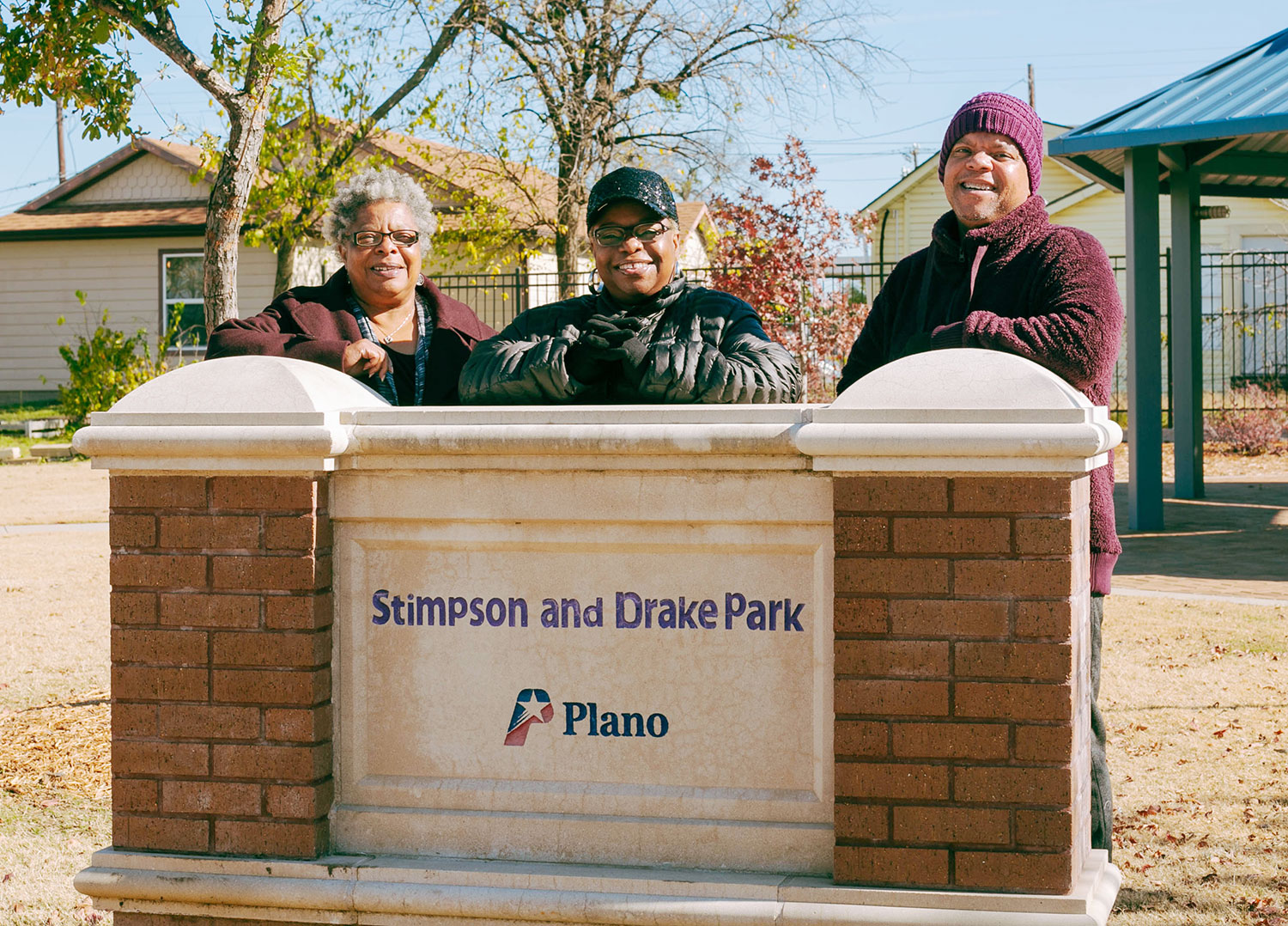
On top of helping maintain the buildings in Douglass, DVC also came through from the very onset of the pandemic to help with food insecurity. From March through May last year, DVC provided hot meals. Starting in June, they moved to delivering boxes of groceries, with some help from Plano West Rotary Club.
The organization also offers education on an array of topics. During COVID-19, the focus has been primarily on health and wellness. Leading up to the November election, DVC educated the community on the ballot. Another topic they’ve focused on is mental health as many people have suffered from depression and anxiety in the last year.
DVC’s services operate out of an overflow of love that David, Tamara and Andrea feel for their community. David serves as president, Tamara serves as vice president and Andrea serves as secretary. Although the organization operates first and foremost to serve pressing needs in the community, at its core it exists to carry on the tradition of close-knit friendship that has characterized Douglass from its inception.
“Douglass is a front-porch community,” David remarked. “It is a very friendly and safe community. When my grandpa would be in the car, he’d just keep his hand up waving all the way down the street. And that’s still a practice here today.”
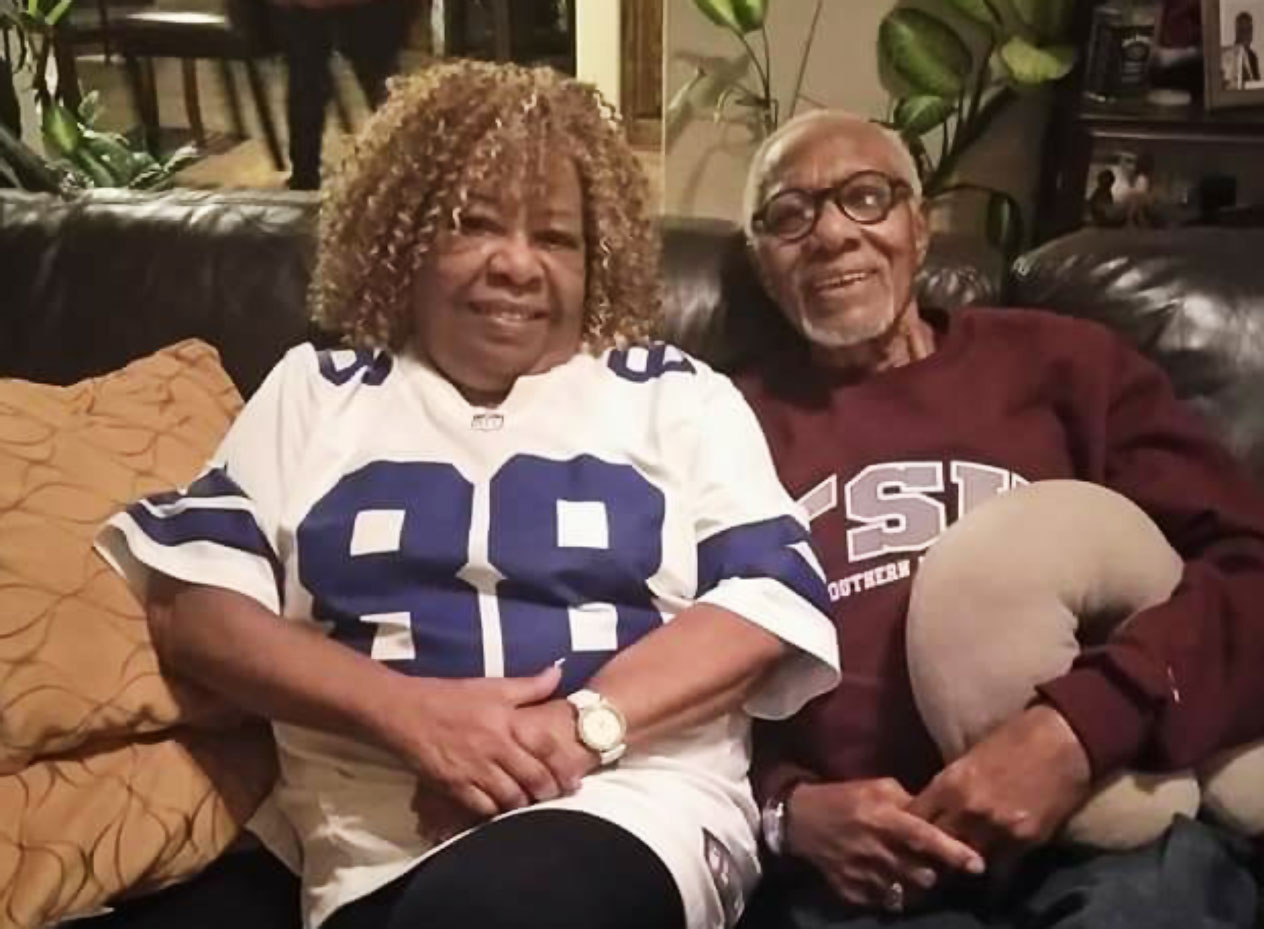
“Everyone is welcome here. They’ll be welcomed by the people here in the neighborhood as if they’ve known them forever,” Andrea said.
DVC has expanded beyond Douglass, too, and now serves communities in Waco and even Baltimore, Maryland. They’ll be expanding to Killeen, Tyler and East Texas this year. This is all impressive, considering DVC is made of a small core team of nine volunteers.
To someone just passing through, Douglass could be perceived as just another set of blocks of homes. But Douglass is a living monument to the history of Black people in America, specifically in North Texas.
“There’s so much rich history here. We’re not just people that are here. We belong here. This is our home, and it will be our children’s home and our grandchildren’s home,” Tamara shared.
Douglass Visions Committee >

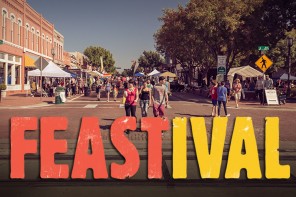


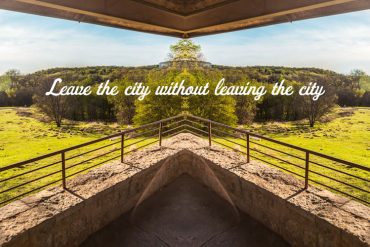
I loved visiting there when I was in high school in the early 60’s